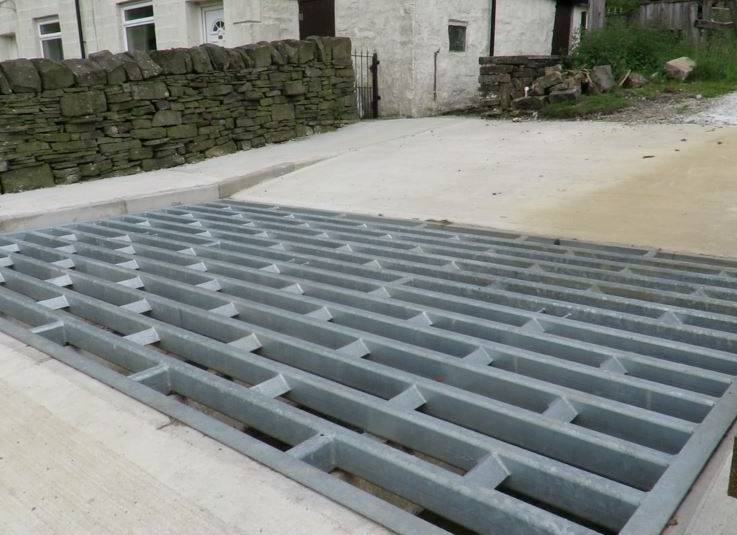
Act now to help our communities become more resilient as the Calder Valley will flood again, thanks to changing weather patterns, climate change and changes in land management.
That’s the message within the Calderdale Flood Commission’s final report into the causes, impact and response to the unprecedented flooding which hit the Calder Valley on Boxing Day 2015.
Independent Chair of the Flood Commission, and Chief Executive of the National Flood Forum, Paul Cobbing said:
“We all know that the Calder Valley is particularly vulnerable to flooding; but, due to climate change, the threat of more severe and more frequent flood events is increasing.
“We have reached a cross roads in our approach to tackling this problem. We believe the solutions we implement today must not just tackle risk as it exists now; they must also take into account the increasing year-on-year risk.
“By working together, we need to increase the resilience of communities throughout the valleys, so that the risk of flooding reduces year on year. But we also need to recognise that flooding will happen again and together, we must reduce the devastation to communities which followed in the wake of Storm Eva and help people recover more quickly.
“As part of this we must lead by example, and we can do this not just by ensuring that flood risk management measures will better protect our communities now and in the future, but also by reducing our own impact on the environment and reducing our own carbon emissions.
“Reducing flood risk in the Calder Valley does not begin or end with this report, but we hope and believe that the recommendations of the Flood Commission will contribute significantly to improving the lives of communities throughout the Calder Valley.”
The wide ranging report is divided into nine themes, or key areas, including: communities; resilience; infrastructure; business and economy; managing flood risk; resources and funding; planning; the national response and governance.
Each area has an overarching objective to help reduce flood risk and increase resilience:
– Develop, resource and practise plans for keeping people, businesses and services safe during an incident.
– Develop a programme to ensure that the infrastructure that people depend on to lead normal lives is as resilient to flooding as possible.
– Develop a planned programme of work to support the economic viability of the Calder Valley whilst flood risk measures are put in place, linked to Calderdale’s Local Plan and Neighbourhood Plans.
– Develop, deliver and monitor a strategic catchment based plan to tackle flood risk, based upon the water cycle.
– There needs to be significant investment in flood risk management in Calderdale. The money and resources available to key organisations and communities needs to increase so that they are able to manage the flood risk and respond to incidents effectively.
– Plan strategically to reduce flooding and create thriving communities. As part of this we must establish and implement a robust Local Plan and Neighbourhood Plans to actively reduce flood risk.
– A number of measures need to be delivered by national Government, its agencies and other organisations, such as to facilitate the introduction of flood risk insurance for businesses as a matter of urgency and a review how flood warnings are delivered and how they can be made more effective
– The Flood Commission also welcomed the development of a Flood Risk Management and Resilience Partnership Board to coordinate and monitor all flood risk management and response in Calderdale, whilst being accountable and transparent to the wider community. The proposals of the Calderdale Catchment Flood partnership will inform ongoing interventions which will be overseen by the Board. It will also be informed by the Local Flood Risk Management Strategy and Yorkshire Water(external link) Strategy
A number of the most significant elements of the report are already being implemented following the Flood Commission’s interim report, which was published in April 2016. This outlined nine recommendations for immediate action, in advance of the final report.
The Calderdale Flood Commission consisted of seven Councillors, with representatives from each of the three main political parties. The Commissioners listened to evidence during six public meetings, held across the Calder Valley. Local community groups and forums were also encouraged to provide their views.
The Flood Commission also visited Westminster, meeting Rory Stewart MP, a Minister from the Department for Environment, Food & Rural Affairs (Defra) and also government officials from both Defra and Department for Communities and Local Government (DCLG).
The full report of the Calderdale Flood Commission can be viewed at www.calderdale.gov.uk
Paul Cobbing will present the final report, with recommendations to Calderdale Council at 6pm on Wednesday 20 July 2016 at Halifax Town Hall.
